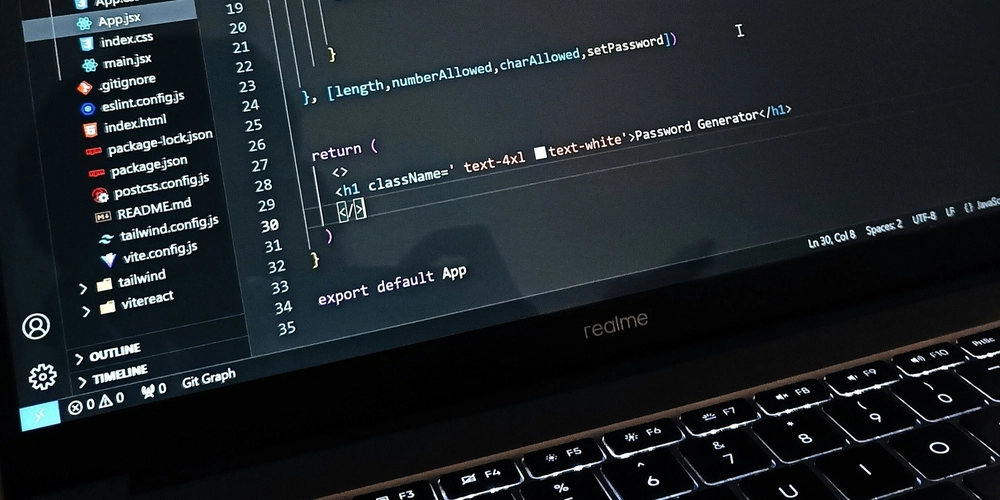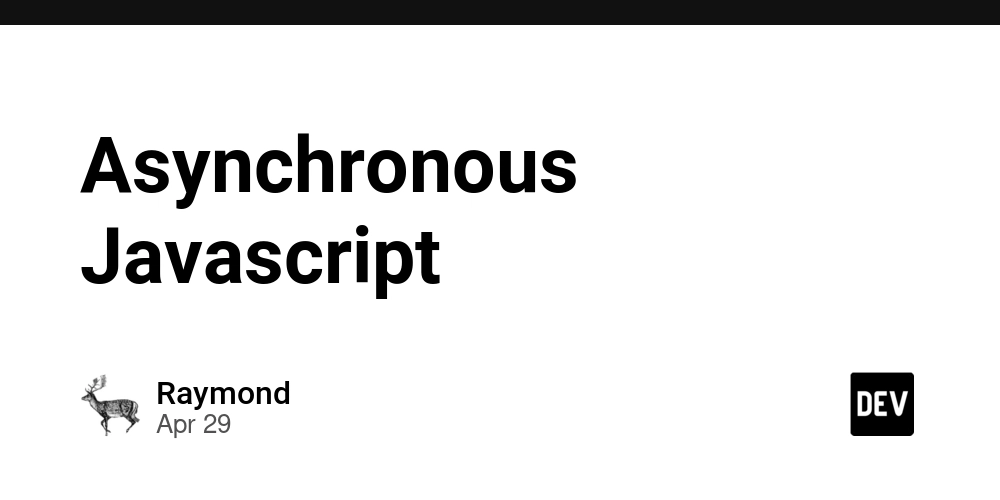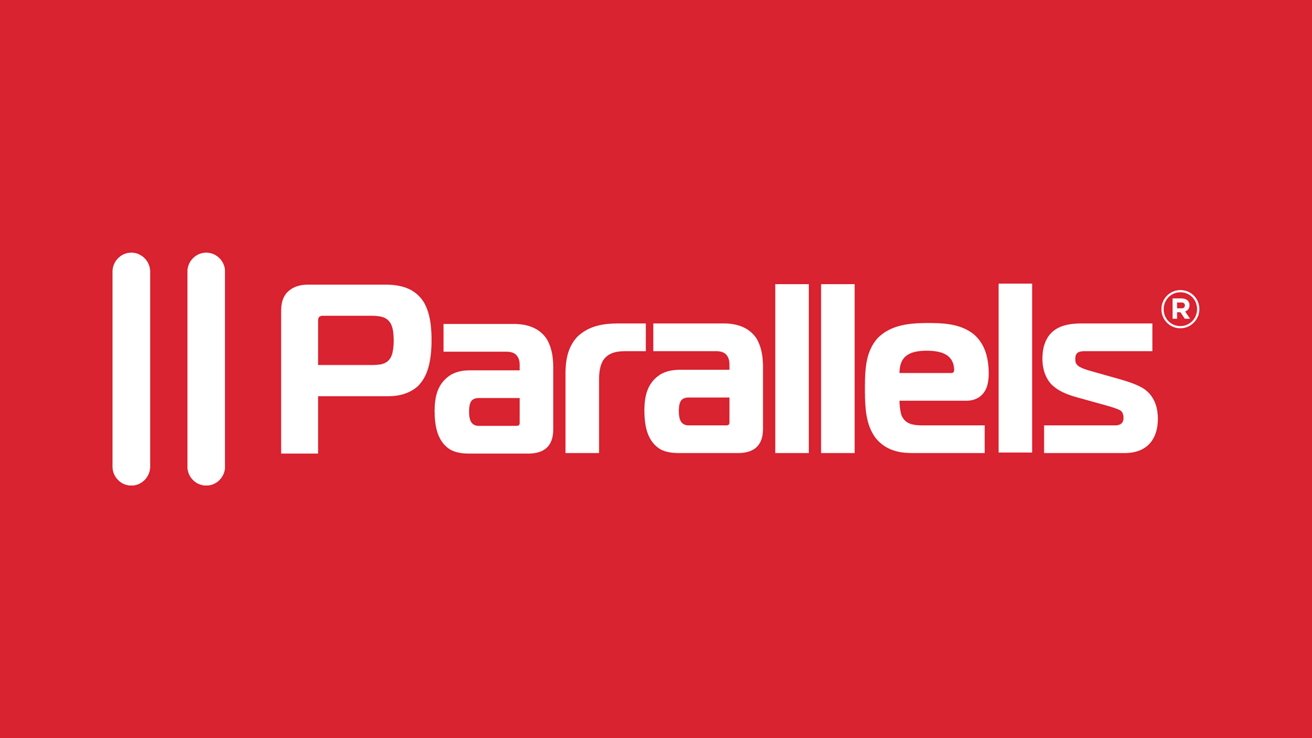INTRO TO SQL
Introduction to SQL SQL (Structured Query Language) is the standard language used to communicate with relational databases. It allows users to create, read, update, and delete data—often abbreviated as CRUD operations. Why Learn SQL? SQL is essential for: Data analysts who need to query large datasets Backend developers managing application data Anyone working with databases like MySQL, PostgreSQL, SQL Server, or SQLite Basic Concepts Databases and Tables A database is a collection of related data, and a table is a structured format to store that data—rows (records) and columns (fields). Example of a students table: id name age 1 Alice 20 2 Bob 22 Common SQL Commands SELECT Retrieves data from one or more tables. sql Copy Edit SELECT name, age FROM students; WHERE Filters rows based on a condition. sql Copy Edit SELECT * FROM students WHERE age > 21; INSERT Adds new data into a table. sql Copy Edit INSERT INTO students (name, age) VALUES ('Charlie', 23); UPDATE Modifies existing data. sql Copy Edit UPDATE students SET age = 21 WHERE name = 'Alice'; DELETE Removes data from a table. sql Copy Edit DELETE FROM students WHERE name = 'Bob'; Advanced Topics (For Later Learning) JOINs – Combine rows from multiple tables GROUP BY – Aggregate data by group Indexes – Improve query performance Normalization – Efficient database design Final Thoughts** SQL is a foundational skill for working with data. It’s easy to start with and widely applicable across industries. Mastering even the basics can help unlock the full potential of your data.

Introduction to SQL
SQL (Structured Query Language) is the standard language used to communicate with relational databases. It allows users to create, read, update, and delete data—often abbreviated as CRUD operations.
Why Learn SQL?
SQL is essential for:
- Data analysts who need to query large datasets
- Backend developers managing application data
- Anyone working with databases like MySQL, PostgreSQL, SQL Server, or SQLite
Basic Concepts
- Databases and Tables A database is a collection of related data, and a table is a structured format to store that data—rows (records) and columns (fields).
Example of a students table:
id name age
1 Alice 20
2 Bob 22
Common SQL Commands
SELECT
Retrieves data from one or more tables.
sql
Copy
Edit
SELECT name, age FROM students;
WHERE
Filters rows based on a condition.
sql
Copy
Edit
SELECT * FROM students WHERE age > 21;
INSERT
Adds new data into a table.
sql
Copy
Edit
INSERT INTO students (name, age) VALUES ('Charlie', 23);
UPDATE
Modifies existing data.
sql
Copy
Edit
UPDATE students SET age = 21 WHERE name = 'Alice';
DELETE
Removes data from a table.
sql
Copy
Edit
DELETE FROM students WHERE name = 'Bob';
Advanced Topics (For Later Learning)
JOINs – Combine rows from multiple tables
GROUP BY – Aggregate data by group
Indexes – Improve query performance
Normalization – Efficient database design
Final Thoughts**
SQL is a foundational skill for working with data. It’s easy to start with and widely applicable across industries. Mastering even the basics can help unlock the full potential of your data.




































































































































































![[The AI Show Episode 145]: OpenAI Releases o3 and o4-mini, AI Is Causing “Quiet Layoffs,” Executive Order on Youth AI Education & GPT-4o’s Controversial Update](https://www.marketingaiinstitute.com/hubfs/ep%20145%20cover.png)















































































































































































































































.png?width=1920&height=1920&fit=bounds&quality=70&format=jpg&auto=webp#)























_Vladimir_Stanisic_Alamy.jpg?width=1280&auto=webp&quality=80&disable=upscale#)














































































































![Standalone Meta AI App Released for iPhone [Download]](https://www.iclarified.com/images/news/97157/97157/97157-640.jpg)

![AirPods Pro 2 With USB-C Back On Sale for Just $169! [Deal]](https://www.iclarified.com/images/news/96315/96315/96315-640.jpg)
![Apple Releases iOS 18.5 Beta 4 and iPadOS 18.5 Beta 4 [Download]](https://www.iclarified.com/images/news/97145/97145/97145-640.jpg)

































































































